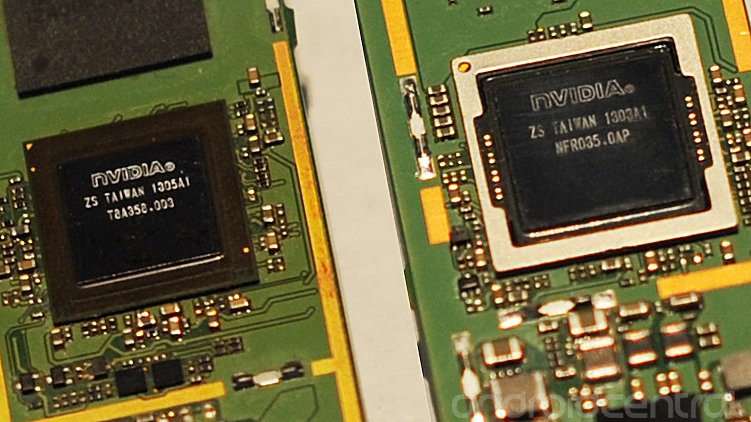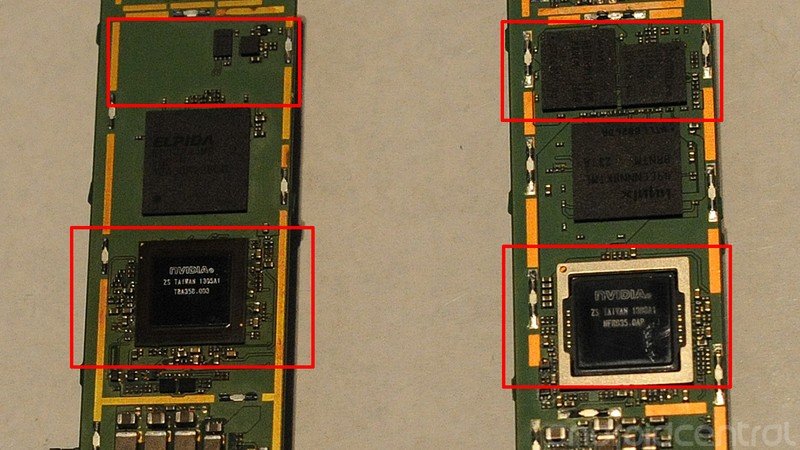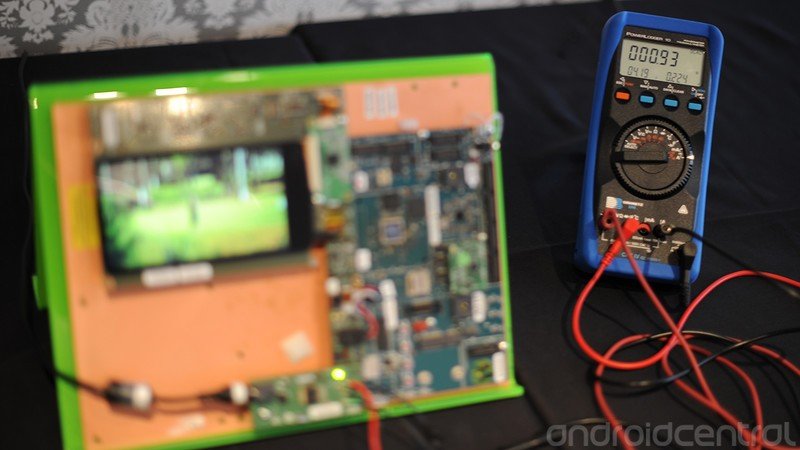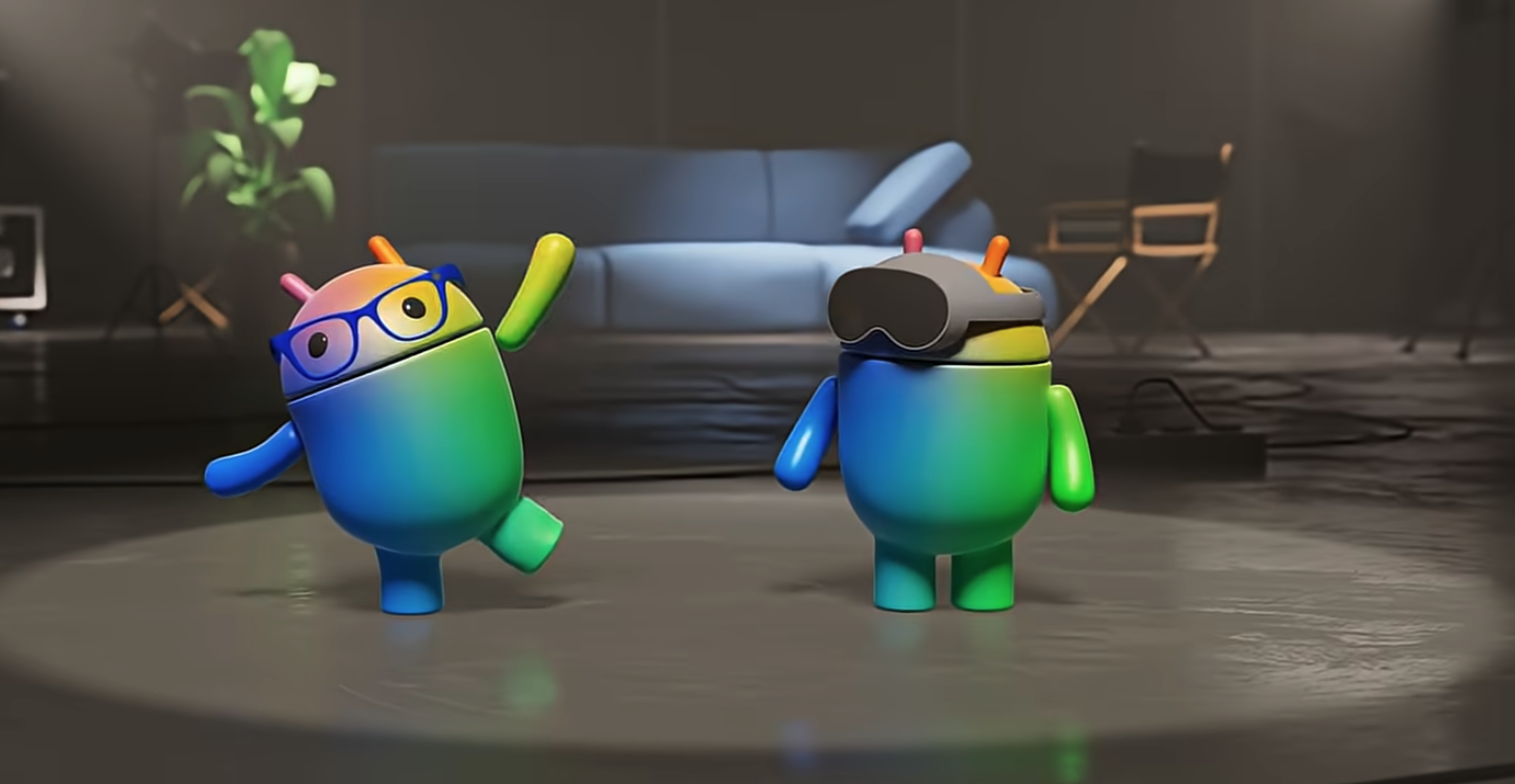Head to head: NVIDIA's Tegra 4 and Tegra 4i

For NVIDIA in 2013 (so far at least), the conversation revolves around Tegra 4 and Tegra 4i. The gist is that Tegra 4 is more powerful of the two, with more GPU cores than Tegra 4i (72 versus 60) and boasting the ARM 15 processor as part of NVIDIA's 4+1 quad-core package. It's a little bigger and more expensive than Tegra 4i, which dispenses with a dozen GPU cores and integrates the i500 LTE modem onto the die. Tegra 4i also uses an ARM9-r4, which while not quite as bad-ass as the ARM15 can very much still hold its own thanks to the optimization from ARM and NVIDIA.

We got an up-close look at the new systems today, on the eve of Mobile World Congress, in a series of relatively controlled scenarios on test hardare, including NVIDIA's own "Phoenix" reference phone. And it's tough not to let NVIDIA's enthusiasm for its new line rub off on you. On paper, anyway, and comparing to the best of what's currently available -- which means Qualcomm's Snapdragon S4 and its own Tegra 3 -- the next generation of Tegra devices looks damned promising.
And that's what you see here. On the left is Tegra 4i. The chip itself (at the bottom) is ever so slightly smaller than Tegra 4 (as far as chips go, anyway). The top highlights point out the i500 LTE modem and its accompanying RAM. It's missing on the Tegra 4i board because the modem is integrated into the chip itself. (Remember that this is preproduction, prototype hardware, so actual boards in actual smartphones likely will see some redesign.)
Also set up was a power consumption rig, using 1080p video playback to test the total draw. And basically you're looking at a 25 percent improvement over competing products, NVIDIA said.
NVIDIA let us run through any number of benchmarking applications as well. Not that us pushing the button ourselves makes any difference at all -- nor does it change our position that benchmarks aren't really indicative of anything -- but hitting 36,000 and change on AnTuTu is fun to see nonetheless. So, yeah. In terms of raw processing power, Tegra 4i can sing.
The down side is that we still have to wait some time to see actually Tegra 4 and Tegra 4i in actual devices with actual software customizations. That's when we'll really start to look at performance and how all the pieces work together. But on its on, NVIDIA's got a fine piece of kit here.
Both Tegra 4 and Tegra 4i are currently being sampled to manufacturers -- though ZTE has already committed to a Tegra 4 device. The first Tegra 4i production devices are expected in late 2013 or (more likely) early 2014.
Get the latest news from Android Central, your trusted companion in the world of Android



